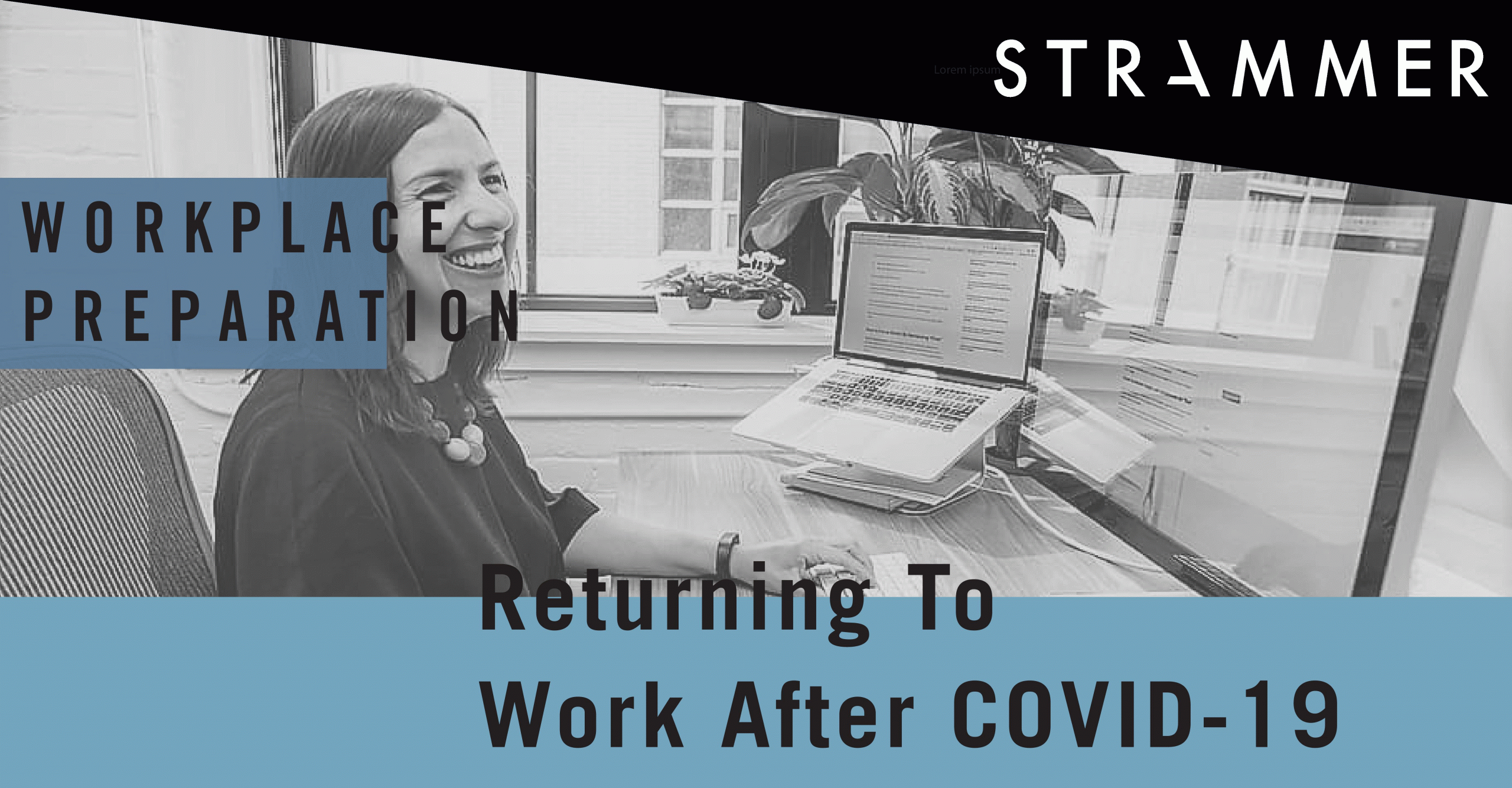Going Back To Work After COVID-19
With the Coronavirus quarantine being lifted off, employees are gradually going back to work. This undoubtedly can be a difficult feat. Some may be apprehensive to go back to work due to safety reasons, while some may have difficulty adjusting, as for several weeks employees were practicing remote work. Nevertheless, through certain methods and practices, Returning To Work After Coronavirus can be made to be more reassuring.
The first step is a comprehensive office plan that ensures safety, allocates and distributes resources prudently, and establishes good employee morale. Several options can be discussed, here are some examples:
♦ Organizing a rotating reinstatement into the office could be a great way to start. Establishing such teams along all functional departments would both assure department-wide coverage and encourage remote work.
♦ Find out work environment choice for each employee (office or home) to identify necessary materials and that the employees have access to it.
As departments will not be working in the same location, companies must rectify this by creating operating systems that deliver immediate notifications over all platforms (phones, tablets or computers). Similarly, the office infrastructure should also be accordingly modified to maintain social distancing, and hygiene codes. These precautions will reassure the employees and make them less anxious to return to work. Consequently, whatever changes are made must be communicated to the employees in high detail to prevent confusion, and ensure that everybody is on the same track.
Human Resource practitioners must make staff reassurance a priority to ensure the mental health of employees is preserved. Efficient companies survive on motivated workforce, therefore, initiatives to restore morale and motivation are essential for organization, especially post-crisis. Human Resource managers must be cooperative, and understanding of employees’ needs and necessities. EAP (Employee Assistance Programmes) services could be greatly beneficial in this scenario to help employees express their fears and anxieties. Furthermore, HR professionals should adjust their usual schedule to make room for extra assistance to the employees.
It can be helpful to create a survey, where employees note down their concerns, grievances and opinions about what changes they would like. This ascertains that their opinions are heard and that the company truly cares about their workforce. Additionally, through this intel, companies will know what actions are necessary, and remove uncertainty and assumptions.
Improving company culture post-Coronavirus can also improve employee engagement which had been neglected for several weeks. Holding virtual happy hours, games, and conversation can build trust and engagement among the staff, which can improve productivity and motivation.
Returning To Work After Coronavirus will undoubtedly be difficult for both employees and companies. However, these challenges can be overcome through mutual effort and planning.
References:
- COVID-19: What Should Employers Consider As They Draft A Return To Work Policy? May 7, 2020, Forbes.





